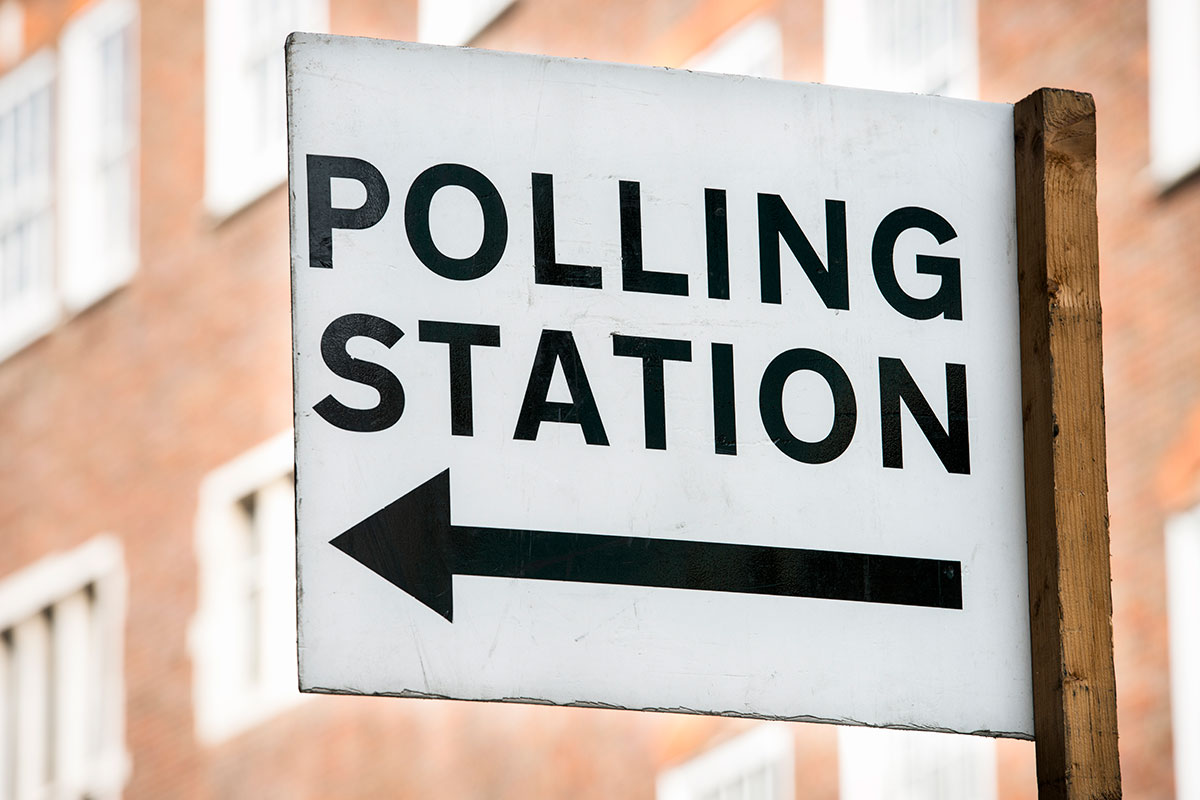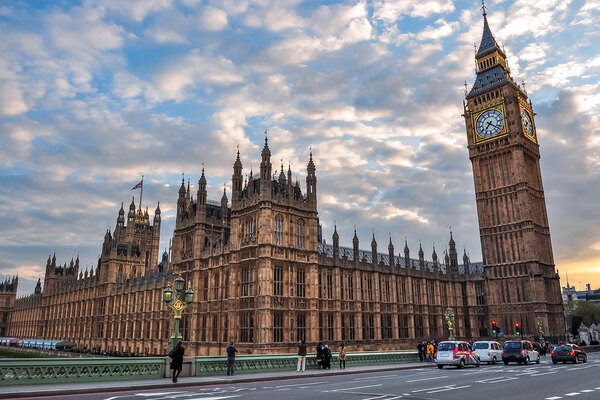This isn’t a Groundhog Day election for the housing sector – the rules of the game have changed since 2017
The rules of the game have changed significantly since 2017 and this election campaign is vital for the housing sector to win backing for a new consensus, writes Martin Hilditch
General elections come along almost as frequently as housing ministers these days.
While it might be tempting to view this as a Groundhog Day election, when it comes to the housing lobby, the 2017 election feels like a completely different era. Inside Housing will obviously be spending most of the next month scrutinising the various parties’ plans and pledges for the housing sector. But it is also instructive to examine the extent to which the sector itself has changed since the last campaign launched in spring 2017 – and what that means in terms of the policy goals that social landlords are looking to achieve.
There are demands around building safety, such as the National Housing Federation’s (NHF) call for the government to establish a Building Safety Fund to cover essential costs to make homes safe and secure. Inside Housing will be launching its own fire safety campaign for the election shortly, so we’ll examine this issue in more depth later.
One of the most consistent demands in 2019, however, is for more social housing. The NHF says that its main priority during the general election period “is making sure that calls for more social housing are heard”.
The Chartered Institute of Housing’s top call is also around social housing, and the PlaceShapers group of associations similarly calls for a substantial investment. Shelter says that building new social housing is the “solution to the housing crisis”.
All of these bodies call specifically for any incoming government to commit to the delivery of 90,000 homes at social rent levels.
This might not seem significant, but this concerted lobby represents a big change from the 2017 position. Back then, the NHF’s lobby was focused around numbers and delivering more than 250,000 new homes of all tenures over the next five years. The words ‘social housing’ didn’t get a mention in its election briefing note on building new homes. Even Shelter’s campaign had a different feel – it launched its 2017 lobby calling on the “new government to deliver 500,000 homes in the next parliament at ‘living rents’.
Grenfell is obviously one reason why the conversation around social rent has changed. But there has also been substantial work over that period to shift the terms of the debate – everything from Shelter’s Big Conversation about social housing to the NHF and Crisis research in 2018 – conducted by Heriot-Watt University – that first stated that 90,000 social homes a year would be needed. The friendlier operating environment from the Theresa May government helped create space for this debate, too (without delivering on numbers).
Whatever the reason for the shift it is worth shouting about the fact that social housing is back on the lobbying agenda – and Inside Housing supports calls for parties to back the delivery of at least 90,000 social rented homes a year (and the NHF’s week of action about social housing is a real opportunity to shine a light locally and nationally).
Our front-page story this week about delayed strategic partnership bids points to some of the challenges that may lie ahead for the sector. But for the next month the sector will be speaking with a consistent voice – and it has got its lobbying position right.












